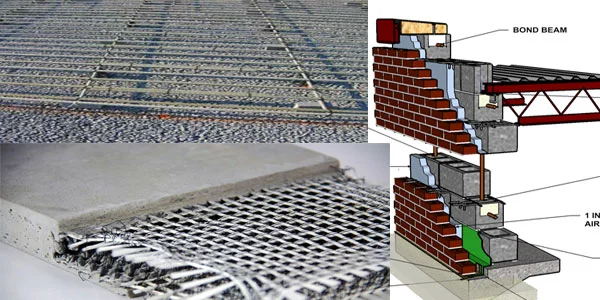The concept of using fibers or as reinforcement is not new. Fibers have been used as reinforcement since ancient times.
Fiber-reinforced concrete (FRC) is concrete containing fibrous material which increases its structural integrity. It contains short discrete fibers that are uniformly distributed and randomly oriented. Fibers include steel fibers, glass fibers, synthetic fibers and natural fibers – each of which lend varying properties to the concrete. In addition, the character of fiber-reinforced concrete changes with varying concretes, fiber materials, geometries, distribution, orientation, and densities.
Types of Fibers Used for Concrete Reinforcement
Natural fiber reinforced concrete (NFRC) consists of cellulose fibers that are processed from pine trees. This category is also producing good results. The recycled carpet waste has been successfully used for concrete reinforcement by using the waste carpet fibers.
Polypropylene Fiber Reinforced (PFR) concrete:
Polypropylene is a cheap and abundant polymer widely used due to its resistance to forming chemical reactions.
Asbestos Fibers:
These fibers are cheap and provide the cement with mechanical, chemical and thermal resistance, although the asbestos fiber reinforced concrete appears to have low impact strength.
Carbon Fibers:
These fibers have been recently used due to their very high modulus of elasticity and flexural strength. Characteristics such as strength and stiffness are better than those of steel fibers, although they are more susceptible to damage.

